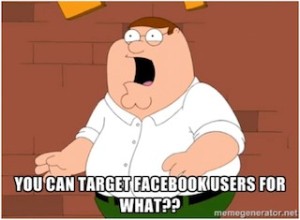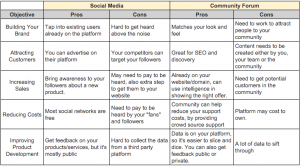Why Fitness Ad CTRs Rose 45% Higher Than Other Advertisers’
Changes in the health and fitness rocked the industry in 2020, prompting more consumers to buy home fitness equipment. The fitness industry, worth $94 billion in 2018, according to The International Health, Racquet & Sportsclub Association, had to adapt and find a new reality.
That new reality now shows up in email newsletters and app downloads. The concept of at-home gyms began a few years ago with the introduction of high-tech equipment like Peloton. Health and fitness app downloads rose 47% in Q2 2020.
The top-grossing health & fitness category app worldwide for August 2020 was Strava, with more than $13.8 million in user spending — 5.5 times its revenue in August 2019.
The fitness category typically performs strongly at the beginning of the New Year, but this year it outperformed even historical averages.
“Many of our most successful fitness brands are leveraging email not just for prospecting, but for creating Identity graphs that help personalization on their own sites,” said Kerel Cooper, CMO at LiveIntent.
Cooper said that nearly after a year in quarantine, people are accepting the reality that they need to buy fitness equipment rather than wait for gyms to re-open.
Brands that sell fitness equipment and fitness programs are becoming more sophisticated both with their content and strategies, he said.
LiveIntent’s study on health and fitness brands, released Tuesday, analyzed dozens of campaigns running on its platform, which reaches 250 million logged-in people each month via its 2,500 brands and publisher partners.
In January, advertisers in the fitness category saw click-and-impression volumes two times higher than in the previous six months. The click-through rate (CTR) for fitness advertisers was 45% higher than non-fitness advertisers on the platform in January 2021.
Those using email to send newsletter experienced 15% higher CTR in January 2021, compared with the previous three months. Newsletters devoted to fitness saw 36% higher CTR versus the average newsletter on the platform in January 2021. The conversion rate for fitness newsletters was 7% higher than the average newsletter.
CTR for fitness advertisers reached 7% higher in Jan 2021 versus the year-ago month. CTRs for other advertisers fell 15% during the same time frame, but the conversion rates in both cases were lower this year versus last year.
The CTR for fitness newsletters in January 2021 rose 25% higher than January 2020.
When considering targeting options, weekends and Mondays are best for the fitness sector. The CTRs and CCRs for fitness advertisers were the best on weekends and Mondays, about 20% higher than mid-week days like Tuesdays and Wednesdays.
Fitness newsletters performed the best on Sundays and Mondays, with about 50% higher CTR and 16% higher CCR as compared to Tuesdays and Wednesdays, when they performed the worst.
Women responded most to fitness ads and content, with CTRs for fitness ads coming in 21% higher, compared with the CTR for men. The conversion rate was 12% higher for women compared to men. It makes sense that the CTRs for people 55 years of age and older came in 70% higher than younger age groups, but their conversion rates were 50% lower than younger age groups.
The fitness newsletter CTRs for women and men were about the same in January 2021. Women saw higher click and impression volumes overall. The CTRs for age groups 45 and older were about twice as high than the CTRs for younger age groups in January 2021.
(17)




